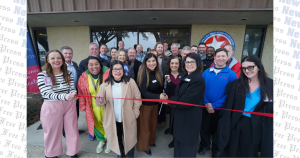Community
SAT update could impact future test scores
Roughly 30 percent of students in the Hays CISD 2017 graduating class who took the SAT last year hit state and national benchmarks for the exam, according to data from the College Board.
However, by redesigning the SAT exam and its components, officials with the College Board hope it could lead to improvement in exam scores across the nation.
The redesign of the SAT was first conceptualized three or four years ago with the goal to make sure the redesign “was work worth doing” for stu...









